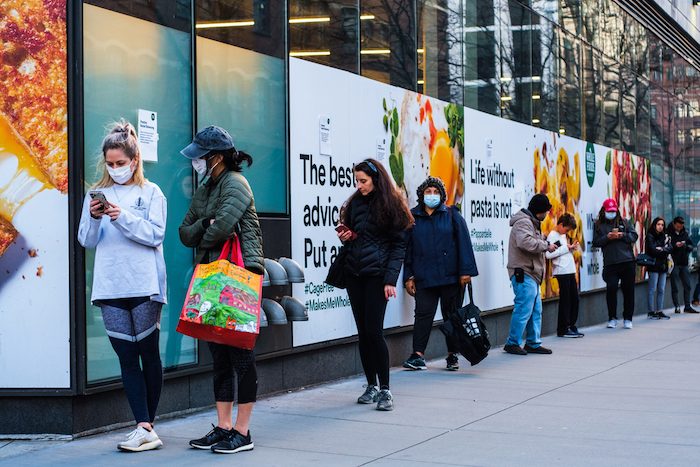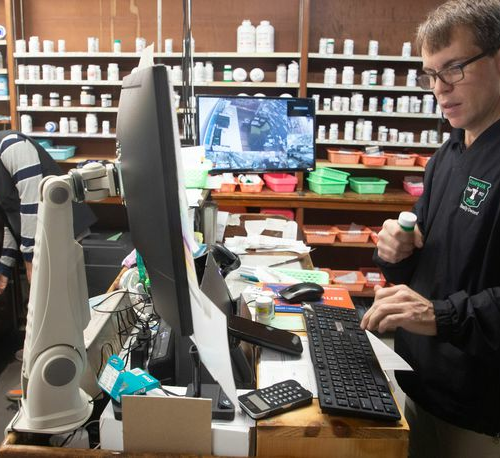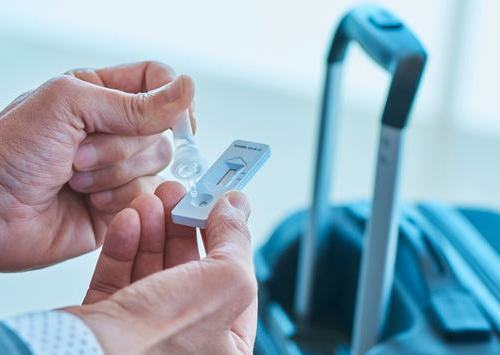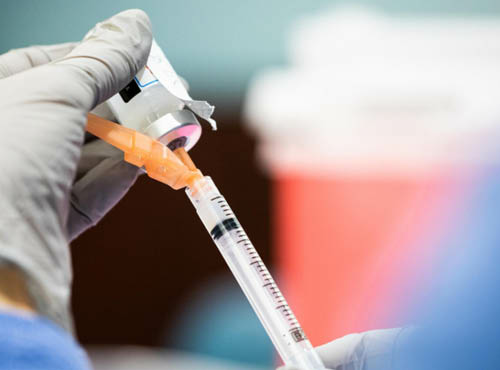By Tim Darnell, Atlanta Journal-Constitution
Troy Warren for AtlantaNewsAndTalk.Com
CDC now calls for indoor masks even among vaccinated in certain areas
The Atlanta-based Centers for Disease Control and Prevention changed course Tuesday on some masking guidelines, recommending even vaccinated people return to wearing masks indoors in parts of the U.S. where the delta variant of the coronavirus is fueling infection surges.
So, what is the difference between this week and a few weeks ago, when no mask recommendations were in place?
The CDC’s new mask policy does not recommend all vaccinated people again begin wearing masks indoors, only those vaccinated living in “an area of substantial or high transmission.” It also published a map online showing those areas most at risk.
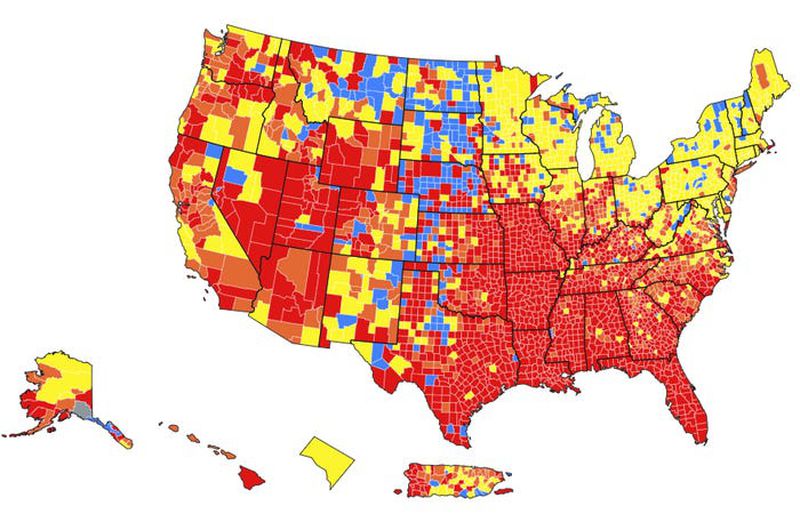
Most of the Northeast and upper Midwest, as well as much of the West, have only “moderate” or “low” transmission.
The CDC’s decision follows recent moves in Los Angeles and St. Louis to revert to indoor mask mandates amid the spike in COVID-19 infections. The nation is averaging more than 57,000 cases a day and 24,000 COVID-19 hospitalizations.
The guidance on masks in indoor public places applies in parts of the U.S. with at least 50 new cases per 100,000 people in the last week. That includes 60% of U.S. counties, officials said. New case rates are particularly high in the South and Southwest, according to a CDC tracker. In Arkansas, Louisiana and Florida, every county has a high transmission rate.
Most new infections in the U.S. continue to be among unvaccinated people. So-called breakthrough infections, which generally cause milder illness, can occur in vaccinated people. When earlier strains of the virus predominated, infected vaccinated people were found to have low levels of virus and were deemed unlikely to spread the virus much, CDC Director Dr. Rochelle Walensky said.
But with the delta variant, a mutated and more transmissible version of the virus, the level of virus in infected vaccinated people is “indistinguishable” from the level of virus in the noses and throats of unvaccinated people, Walensky said.
The data emerged over the last couple of days from more than 100 samples from several states and one other country. It is unpublished, and the CDC has not released it. But “it is concerning enough that we feel like we have to act,” Walensky said, adding vaccinated people “have the potential to spread that virus to others.”
Dr. Anthony Fauci says the new guidance is because the virus has changed, not the science behind its prevention.
According to The New York Times, Dr. Aaron Carroll, chief health officer of Indiana University, predicts the new mask guidelines will be less effective than last year’s versions.
“Leaning heavily on masking and distancing is what we did when we didn’t have vaccinations,” he wrote in The New York Times. “Today, such recommendations are less likely to succeed because they are more likely to be followed by those already primed to listen — the vaccinated — and to be fought and ignored by those who aren’t.”
“I hope the CDC doesn’t impose a one-size-fits-all approach,” said Dr. Cecil Bennett, a Newnan-based family physician. “It’s hard to imagine how someone who has been fully vaccinated, and now has to wear a mask indoors, will convince someone who has been unvaccinated to become inoculated.
“I worry the CDC is panicking a bit by having to put us all in masks,” he said.
In Other NEWS


























